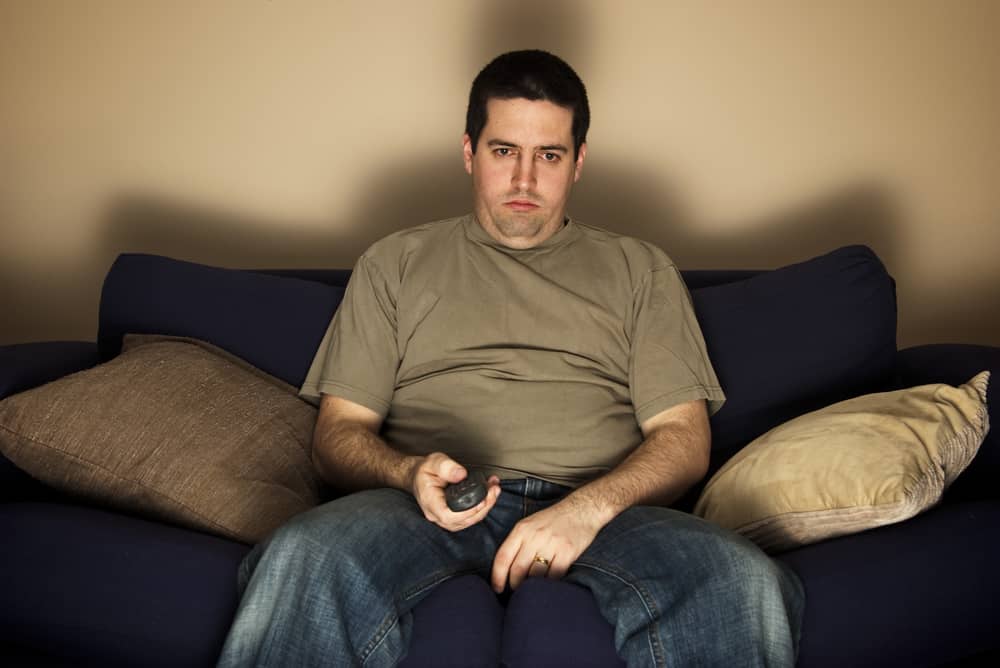
Work is good for the soul, the mind and the body. Not only does it deliver a paycheck, allowing you to cover your expenses, but it also provides a sense of worth and accomplishment, social interaction and a reason to get out of bed each morning. Even for people who don’t like their jobs, research shows work is good for their health.
As Stephen Hawking once said, “work gives you meaning and purpose and life is empty without it.”
For injured workers who must be out of work for a time, it is in their best interests as well as those of the employer for them to return as soon as they are able. But we know that the longer a person is out of work, the less likely he is to return — to his own or any job.
“Data shows that three months after a disabling injury, the likelihood of a worker ever returning to work is around 90%. That probability drops to 32% at one year and even lower to 5% at two years,” according to Erica Fichter, SVP of Medical Management and Accident & Health for Broadspire, a Crawford company. “Time is not on the employee’s side when it comes to disability, and the health consequences to the individual can be significant.”
A well-structured RTW plan can help return injured workers not only as soon as possible, but as safely as possible. Returning a worker too quickly or haphazardly puts the worker at risk of re-injury. Several strategies facilitate effective RTW — and can even help prevent injuries from occurring in the first place.
Click Link to Access Free PDF Download
“13 Research Studies to Prove Value of Return-to-Work Program & Gain Stakeholder Buy-In”
-
Job Descriptions
A chief complaint among medical providers in the workers’ compensation system is that they don’t get accurate, detailed descriptions of a worker’s day-to-day job tasks. Without that knowledge, it’s nearly impossible to determine if and when the employee can safely return. All too often, the provider goes along with the worker’s own assessment as to his physical ability to return, rather than making decisions based on evidence.
“It’s important to really understand the physical aspects of a job in order to bring an injured worker back,” Fichter explained.
While many employers claim to have job descriptions, these are frequently little more than a one-page — or less — brief synopsis that consists mainly of the job title.
According to Broadspire’s special report 5 Innovative Approaches that Will Help Improve Return-To-Work Strategies, a detailed job description gives the medical provider enough information to determine whether and to what extent the injured worker can return, and whether any temporary modifications must be made. In addition, it allows the employer to place the appropriate worker in that role in the first place, thereby reducing the risk of injury.
-
Ergonomic Assessments
Having the best chair, the most ergonomically correct keyboard, and the latest/greatest lift device can go a long way in preventing injuries — if they are all being used correctly. And that’s often the problem at worksites. The ‘right’ equipment is provided, but the worker doesn’t understand how to adjust it to his specific needs or believes taking ‘short-cuts’ will get the job done faster and not harm him. Only when the worker develops musculoskeletal pain does it emerge that he’s been using the equipment in a way that is actually causing him injury.
Broadspire’s special report on Return-To-Work states that an expert who understands the scientific approach to using equipment can identify risks and prevent injuries and re-injuries. She can make sure the equipment is properly fitted to the employee and train the worker on how it should be set up and how to make adjustments.
“In order for assessments to hold true value, however, they need to be an ongoing function incorporated into daily operations,” Fichter said. “Combined with training and prevention programs, these assessments are a benefit for both pre- and post-losses and ultimately strengthen a return-to-work program.”
-
Biopsychosocial Approach
A physical injury affects much more than the worker’s health, and for longer than just a 9-to-5 schedule. Changes in his home life can result from an injury and be devastating to the worker — and severely impede his recovery.
The worker may be responsible for picking up children from school or caring for an elderly parent. She may be a single mother and the sole caregiver for her children. He may take great pride in his work and be at risk for depression the longer he is out of work.
FREE DOWNLOAD: “13 Research Studies to Prove Value of Return-to-Work Program & Gain Stakeholder Buy-In”
These and many other issues come into play when an employee is injured. It’s essential for those in the workers’ compensation system to focus on the whole person, not just the specific injury.
“When you start the conversation after initial injury, you need to learn about the person’s place in the home,” Fichter said. “How many people live in the household? Is the injured worker married? Does their spouse work? From there, it’s important to learn if they have any children and what their ages may be … knowing the obstacles can help better predict what treatment is needed during the road to recovery.”
Conclusion
Helping an injured worker stay at work is optimal, though not always possible. When an injured worker must be out of work for any length of time, it’s incumbent on all those involved in his claim to help him return as soon as possible.

Contact: mstack@reduceyourworkerscomp.com.
Workers’ Comp Roundup Blog: https://blog.reduceyourworkerscomp.com/
©2020 Amaxx LLC. All rights reserved under International Copyright Law.
Do not use this information without independent verification. All state laws vary. You should consult with your insurance broker, attorney, or qualified professional.
















